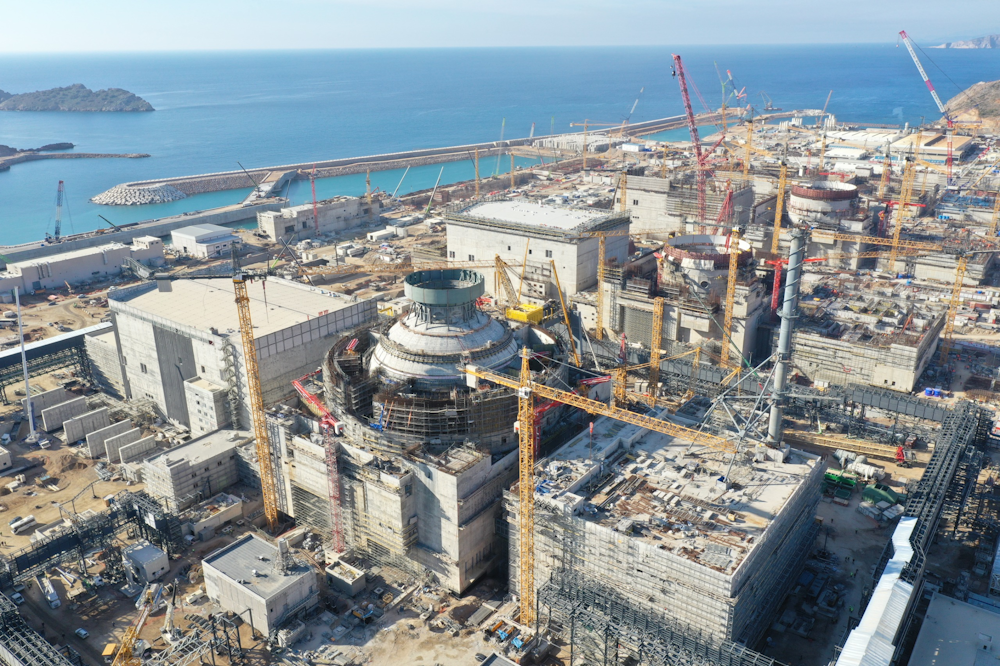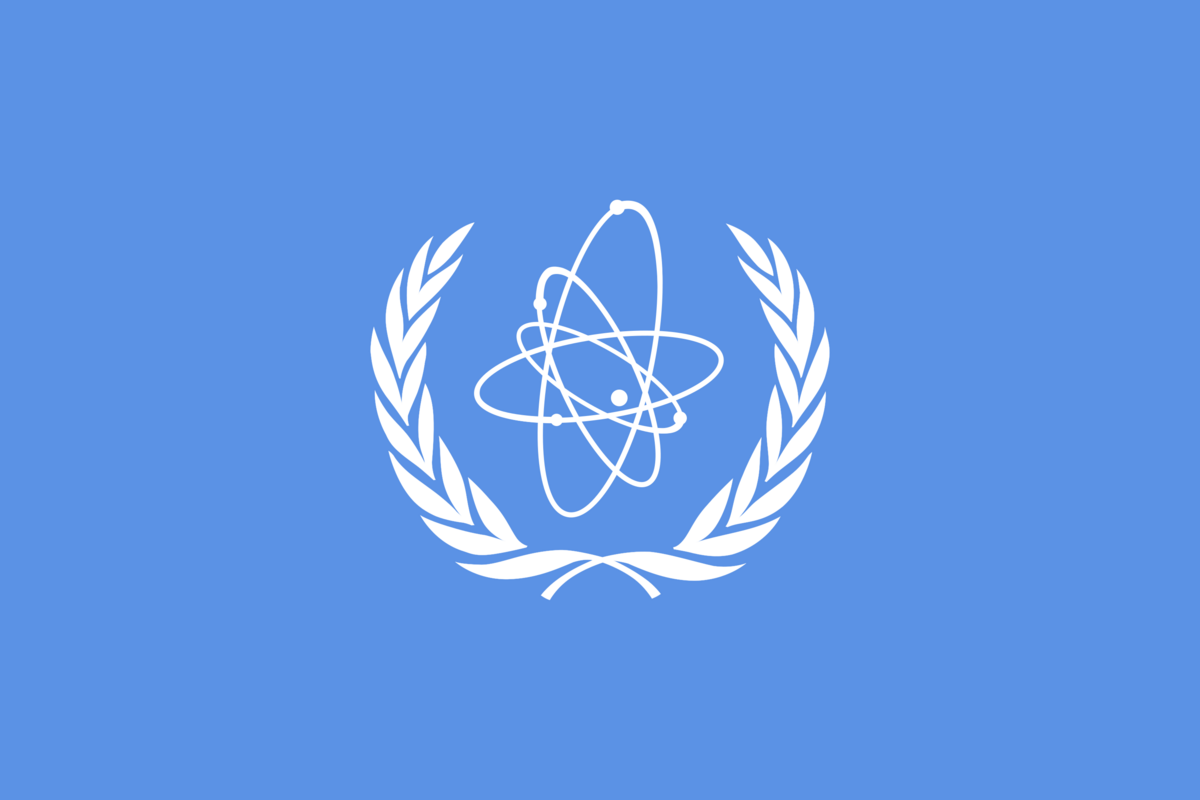World Bank partners with IAEA to support nuclear energy for development
In a landmark move, the World Bank has partnered with the International Atomic Energy Agency (IAEA) to support countries that include nuclear energy in their development strategies. This marks the Bank’s first direct engagement with nuclear energy projects in decades, following a recent policy shift to allow funding for nuclear as part of its broader electrification and development agenda.
The agreement, signed in Paris by World Bank President Ajay Banga and IAEA Director General Rafael Mariano Grossi, sets out a framework to build institutional capacity, strengthen non-proliferation and safety safeguards, and support the deployment of advanced nuclear technologies, including small modular reactors (SMRs).
According to the World Bank, this renewed engagement is aimed at helping countries meet growing electricity demand in a way that is reliable, affordable and sustainable. Electricity demand in developing countries is expected to more than double by 2035, with an estimated investment need of over USD 630 billion annually in generation, grid infrastructure and storage. The World Bank's goal is to support countries in choosing the energy mix that fits their national priorities and development pathways.
Ajay Banga underlined the urgency of the challenge, citing a stark electricity usage gap between high-income countries and Africa—where the average annual consumption is 50 MWh and 4 MWh per person, respectively. “Access to electricity is a fundamental human right,” he said. “It underpins health systems, education, clean water, public safety, and economic opportunity.”
Banga emphasized three strategic areas under the new partnership:
- Strengthening the World Bank’s internal advisory capabilities on nuclear safeguards, safety, and regulatory frameworks;
- Supporting the extension of existing reactor lifespans, which he described as one of the most cost-efficient energy options;
- Exploring ways to scale SMRs to become viable options for more countries over time.
He also noted the importance of the IAEA’s technical guidance to help deepen the Bank’s understanding of nuclear energy’s potential role. “The World Bank cannot do this alone. This partnership is a critical first step,” Banga said.
Rafael Grossi praised the decision, highlighting the significance of the World Bank’s policy change: “For many years, investing in nuclear was not considered viable by international finance institutions. That narrative has now changed.” He stressed that the absence of financing options had long been a barrier for many countries—particularly in the Global South—and that the new partnership opens the door for feasibility studies, life extension projects and eventually new nuclear capacity.
Grossi noted that following the agreement, several regional development banks have already expressed interest in collaborating.
The agreement was also welcomed by Sama Bilbao y León, Director General of the World Nuclear Association, during the association’s first Financing Nuclear event in London. She called it a “momentous shift” and emphasized the importance of collaboration between financial institutions and the nuclear sector to deliver projects at scale. “Access to finance is essential for newcomer countries,” she said.
Background
The World Bank Group, whose largest shareholder is the United States (17%), facilitated USD 117.5 billion in loans, grants and investments in 2024. Until now, its involvement in nuclear energy was limited, with the only direct loan for new nuclear capacity granted in 1959 to fund Italy’s first nuclear power plant.
The renewed interest aligns with a growing international consensus on the role of nuclear energy in clean development. At COP28, more than 30 countries committed to tripling global nuclear capacity and called on multilateral development banks to include nuclear in their lending mandates.
Today, approximately 440 nuclear reactors operate across 31 countries, with over 70 more under construction. An additional 30 countries are exploring nuclear energy—two-thirds of them in the developing world—where financing continues to be a key barrier.



.jpg)


